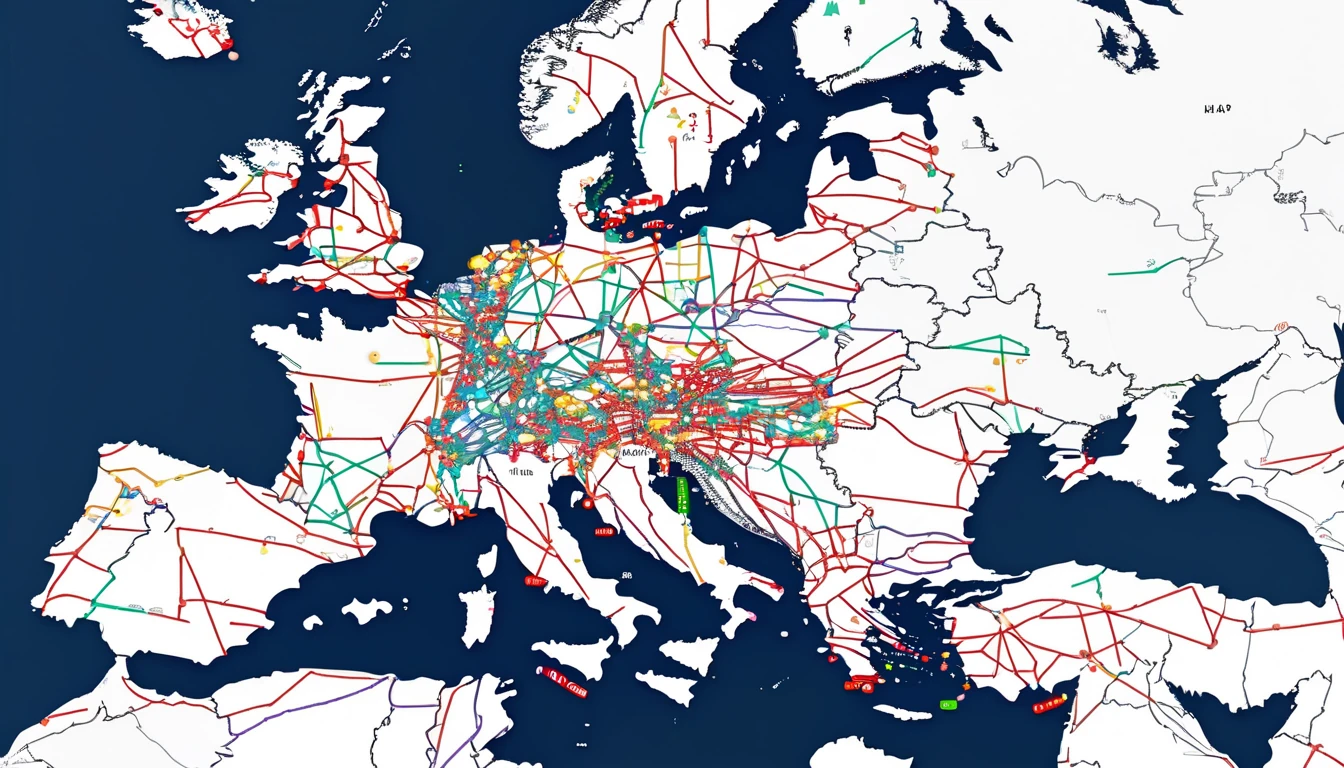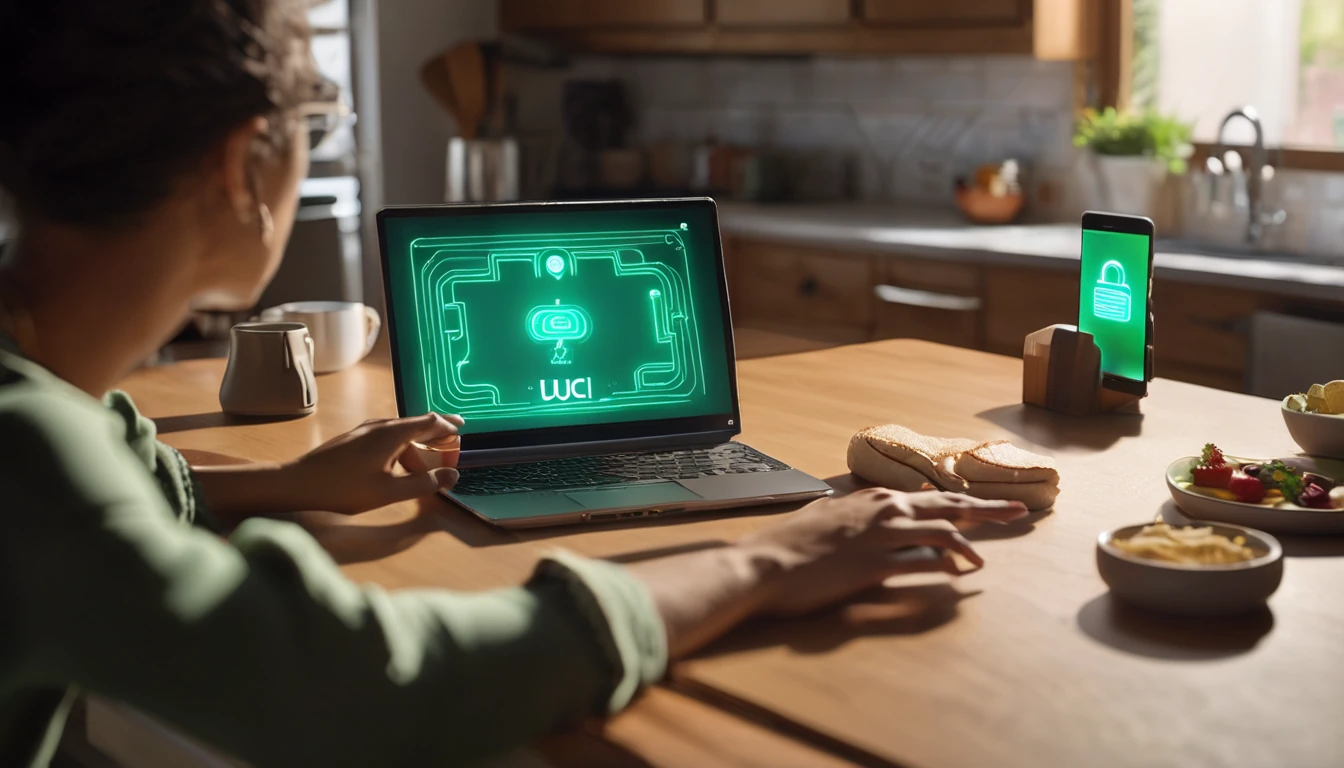Modern travellers expect connectivity that “just works”, anywhere, anytime. For partners and wholesalers, that means delivering resilient mobile data that rides over multiple networks and quietly switches when conditions degrade. Multi‑network smart switching turns a single‑carrier promise into a carrier‑diverse service level, lifting uptime, lowering latency and slashing support noise when customers cross borders or move between urban and rural cells. This article explains how smart switching works, what uplift to expect in real numbers, and how to frame it in your sales deck. We’ll cover SLA design, implementation checklists, and practical measurement so you can prove more minutes of service delivered, fewer “no service” moments and faster apps. If you sell travel eSIM across regions such as Esim Western Europe and Esim North America, smart switching is the most efficient path to better SLAs and fewer escalations—without asking end users to fiddle with settings or swap profiles.
What is multi‑network smart switching?
Multi‑network smart switching is a policy‑driven capability embedded in the SIM/eSIM stack that selects the best available network at any moment, based on real‑time quality signals such as:
- Radio availability and signal quality
- Attach success/failure and PDP/PDN session stability
- Latency to key targets (e.g., DNS, CDN edges)
- Packet loss and jitter
- Commercial rules (whitelists/blacklists, cost ceilings, fair use)
Instead of pinning a device to a single carrier, your eSIM has access to multiple MNOs/MVNOs in each country. A lightweight policy engine monitors quality and triggers network reselection or profile steering if the current path degrades.
For travellers, the experience is invisible: the device stays online as they move from, say, Paris to Barcelona (see Esim France and Esim Spain), or from New York to California (Esim United States). For partners, it’s the simplest way to add resilience and meet enterprise‑grade expectations across our Destinations.
Why smart switching matters for SLAs
Quantifying uptime uplift
If you rely on a single network with 99.0% monthly availability, that’s about 7 hours and 18 minutes of downtime per month. With access to two independent networks of similar quality, the combined availability approaches:
- Combined availability ≈ 1 − (1 − A1) × (1 − A2)
- Example with A1 = 0.990 and A2 = 0.990 → 1 − 0.01 × 0.01 = 99.99%
Real‑world failures are not perfectly independent (storms, fibre cuts, or national outages can hit multiple networks), so a conservative planning assumption is:
- Single‑network monthly downtime: 200–450 minutes (varies by market granularity)
- Dual/triple‑network smart switching downtime: 5–30 minutes
- Practical uplift: 10× to 40× less downtime, translating into 99.95%–99.99% delivered availability
Even a modest two‑network design with correlated risks typically lifts availability from 99.0–99.5% to 99.95%+. Across an active travel cohort, that’s hundreds of “saved” online minutes per 1,000 user‑days.
Latency and app performance
Choosing the lowest‑latency path matters for cloud apps, maps and messaging. Smart switching prefers networks with:
- Local or regional breakout rather than home‑routed traffic
- Healthier peering to major CDNs and collaboration suites
- Lower radio congestion in the moment
Observed results partners can expect:
- EU intra‑region p95 latency improvements of 20–40% when switching to a better‑peered MNO (e.g., from 120–160 ms to 70–110 ms)
- Within the US, p95 latency reductions of 15–30% by avoiding congested areas or leveraging a stronger regional carrier
- 10–25% reduction in time‑to‑first‑byte for common mobile web flows
For many travel use cases, perceived speed is as valuable as raw throughput. Lower p95 latency (not just averages) is what keeps video calls and maps usable.
Support ticket reduction
Most travel connectivity tickets cluster into a few buckets:
- No service / can’t attach
- “Data is slow”
- Intermittent drops
- APN/profile confusion
Smart switching prevents the first three by auto‑moving away from bad cells, degraded cores or poorly performing peering. Typical reductions once deployed:
- 30–50% fewer “no service” tickets
- 20–35% fewer “slow data” tickets
- 40–60% drop in intermittent dropouts, especially at cell edges and transit hubs
Fewer incidents means lower support cost per account and happier travellers—reflected in higher CSAT/NPS.
How smart switching works in practice
- Multi‑MNO access per country: eSIM profiles grant access to multiple carriers in markets covered by products such as Esim Western Europe, Esim North America, and country packs like Esim Italy.
- Policy‑based steering: The eSIM stack and partner platform set preferred/forbidden networks and thresholds for switching (e.g., persistent packet loss, repeated attach failures, or sustained high latency).
- Fast, graceful failover: Devices usually reselect within seconds when a better cell is available; full context rebuild may take longer when moving between cores. End users typically experience a brief blip rather than an outage.
- Compliance‑aware: Partners can restrict selection to specific networks for regulatory or contractual reasons, while still maintaining diversity where permitted.
Note: switching behaviour can vary by device OS and modem firmware. Always include device diversity in your test plan.
Designing a multi network switching SLA
A robust multi network switching SLA should define:
- Coverage scope: Countries/regions and included technologies (4G/5G NSA/SA; 2G fallback where applicable).
- Availability target: e.g., 99.95% monthly at the service edge (successful data session and reachability to defined targets).
- Latency: p95 thresholds to strategic targets (e.g., 100 ms within region), plus packet loss/jitter bounds.
- Attach success: e.g., >99.8% attach success within three attempts.
- Time‑to‑recover: e.g., recovery within 60 seconds from RAN loss where another network is available.
- Maintenance windows: whether counted or excluded.
- Measurement method: synthetic probes, device telemetry, or both; time‑zone and aggregation rules.
- Credits/remedies: aligned to impact, not just percentage figures.
Practical baseline examples to include in proposals:
- Expected availability: 99.95–99.99% across Tier‑1 markets; 99.9–99.95% in challenging geographies.
- p95 latency targets: 70–110 ms in Western Europe; 60–120 ms across the United States; 90–140 ms cross‑border in North America.
- Typical downtime minutes avoided vs. single‑network: 150–400 minutes per month saved at scale.
Caveat: When multiple carriers share common infrastructure (e.g., the same backhaul or data centre), failures may correlate. Build safety margins into your SLA targets and document assumptions.
Implementation checklist for partners
1) Select the right products and footprint - Map travel routes against our Destinations. - Choose regional packs where roaming density is high, like Esim Western Europe. - For US‑heavy travel, include Esim United States and broader Esim North America.
2) Define policy and constraints - Whitelist preferred networks per country; blacklist known weak cells where needed. - Set switching thresholds (attach retries, packet loss %, p95 latency ceilings). - Add compliance rules (e.g., force domestic breakout for specific roles).
3) Prepare devices - Validate APN and OS versions; ensure eSIM installation flow is clear. - Test both iOS and Android, including dual‑SIM scenarios.
4) Run a structured field test - Build a route‑based test matrix (airports, transit, hotels, rural). - Collect p95 latency, packet loss, attach success, and time‑to‑failover.
5) Operationalise monitoring - Set up synthetic probes in key cities (e.g., Paris, Milan, Madrid, New York). - Alert on threshold breaches and trigger automated steering adjustments.
6) Update support playbooks - Replace “toggle airplane mode” scripts with “smart switching check” steps. - Categorise tickets to isolate improvements in the first 60 days.
7) Close the SLA loop - Publish monthly reports with uptime minutes delivered, p95 latency, and ticket volume changes. - Share before/after comparisons with enterprise customers.
Pro tip: Keep policy simple to start. Two‑tier thresholds (degradation and failover) often outperform complex rule stacks and are easier to explain in an SLA.
Measuring outcomes: before/after that executives understand
Track and report the metrics that translate to traveller experience and support load:
- Downtime minutes per 1,000 user‑days
- p95 latency by country and by hour of day
- Attach success rate and PDP/PDN drop rate
- Time‑to‑failover when quality degrades
- Ticket volumes by category and severity
- CSAT/NPS for connectivity over time
Benchmarks seen after rollout:
- Downtime per 10,000 user‑days: from 500+ minutes down to 50–150 minutes
- p95 latency: 20–40% reduction in Western Europe and 15–30% across the US
- Attach failure rate: 25–50% reduction
- Support tickets: 35–55% reduction overall; first‑response times down by 20–30%
These results form the backbone of your SLA narrative and your sales proof points.
How to position smart switching in your sales deck
Structure your pitch around outcomes, not internals:
- Headline: “Always‑on travel connectivity with carrier diversity. 99.95%+ delivered availability. Auto‑failover in seconds.”
- Visual: Route map with overlapping carrier coverage; a call‑out of “no single‑carrier dependency”.
- Benefits slide:
- 10–40× fewer downtime minutes vs. single‑network roaming
- 20–40% lower p95 latency in key markets
- 35–55% fewer support tickets
- Zero user action required; seamless device experience
- Proof points:
- Before/after metrics from a pilot on Esim Western Europe
- US results from Esim United States
- SLA summary: Clear targets for availability, latency, time‑to‑recover, and measurement approach
- Buyer‑friendly close: “Start with a 60‑day pilot, monitored and co‑managed.”
Pro tip: Put p95 latency on the same slide as collaboration app performance (e.g., “Teams/Meet calls stay stable at p95 < 110 ms”). Stakeholders can connect the dots instantly.
Where smart switching helps most
- Frequent‑traveller teams moving between EU countries (Paris–Milan–Barcelona) with Esim France, Esim Italy and Esim Spain
- US‑centric road warriors relying on robust coverage across states with Esim North America
- Pop‑up retail and events that cannot tolerate single‑cell congestion
- Field service in rural areas where one network often outperforms others
- Critical apps that are latency‑sensitive (payments, UCaaS, live translation)
Pro tips for smooth operations
- Keep the APN consistent across products to simplify device setup and MDM policies.
- Monitor p95, not just averages. It’s where user pain lives.
- Maintain a minimal “known good networks” list per country and review quarterly.
- Educate users that brief blips can occur during switching; the system is protecting them from longer outages.
- Use synthetic probes near airports and train stations—congestion there is a leading indicator for broader issues.
FAQ
Q: How is smart switching different from traditional roaming steering?
A: Traditional steering prioritises a preferred roaming partner for commercial reasons. Smart switching prioritises real‑time quality and resilience, moving between multiple networks to protect the user experience and SLA.
Q: Will frequent switching drain battery?
A: Properly tuned policies avoid flapping. Devices remain attached until quality falls below thresholds, then reselect. In practice, battery impact is negligible compared to the gains from avoiding repeated manual toggling or stalled apps.
Q: Does the IP address change when the device switches?
A: It can. Moving to a different core or breakout may change IP. For most travel use cases that’s fine. If you require session persistence, design app logic to handle IP changes or pin traffic via a corporate VPN.
Q: Can we restrict networks for compliance or cost?
A: Yes. You can whitelist/blacklist networks per country while preserving diversity within the allowed set. Document these constraints in the SLA so expectations remain clear.
Q: What happens in areas with limited technology (e.g., only 4G available)?
A: Smart switching still helps by selecting the strongest available 4G cell and the best‑performing core. Where 5G is present, policies can prefer 5G where it improves latency and stability.
Q: How does this work across regions like Western Europe and North America?
A: Regional eSIMs such as Esim Western Europe and Esim North America include multi‑MNO access in each country, enabling the same smart switching behaviour as you cross borders.
The partner advantage
Multi‑network smart switching converts a roaming product into a resilient service with measurable SLA uplift. It protects travellers from localised outages, evening congestion and poor peering, while reducing your support burden. With clear SLA targets, a simple policy, and disciplined measurement, you can prove value fast—and price accordingly.
Next step: Explore packaging, SLAs and co‑marketing materials in our Partner Hub. If you’d like to discuss enterprise rollouts, visit For Business.




